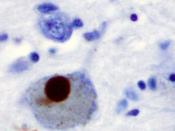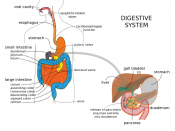Science and Medical Uses of Pigs: Hogs have been known for uses of food, such as bacon, meat or lard, but the new technology advances has brought a new horizon of the hog industry. There are many new technological ways that bring new hopes for people with diseases. Pigs have been bred to grow organs, and to transplant ones they already have. Other technology with the hog includes genetic engineering, catgut, for instruments, and other various productions.
Researchers have been attempting for years to find ways of using transplanted pig organs, as replacements for human organs. Pigs' organs are similarly sized to human organs. Recently pig brain cells have been injected to the human brain, of people who have lost brain cells, from Parkinson's Disease. Also human heart valves failures brought to the discovery of transplanting the valve of a pig. Currently, researchers have brought a new approach to the technological pig discoveries.
They alter pig genes to produce generations of genetically engineered pigs. They are produced to have organs, which will hopefully not reject human recipients. Despite the promises, pig transplants are highly controversial since the concern that they may spread deadly animal viruses into the human population. Pigs are actually considered to be safer donors, than other animals, because they are less likely than primates to harbor viruses that might cause human disease.
Birth Information: The life cycle of the pygmy hog is very different from all of the other life cycles I have researched. Since the pig is a mammal, the piglets are born from intercourse. That also means that the baby piglets are carried inside the mother's body. The gestation period for the Pygmy Hog is about 100 to 140 days, inside the mother's body. With the Pygmy Hog the number of young varies from...


